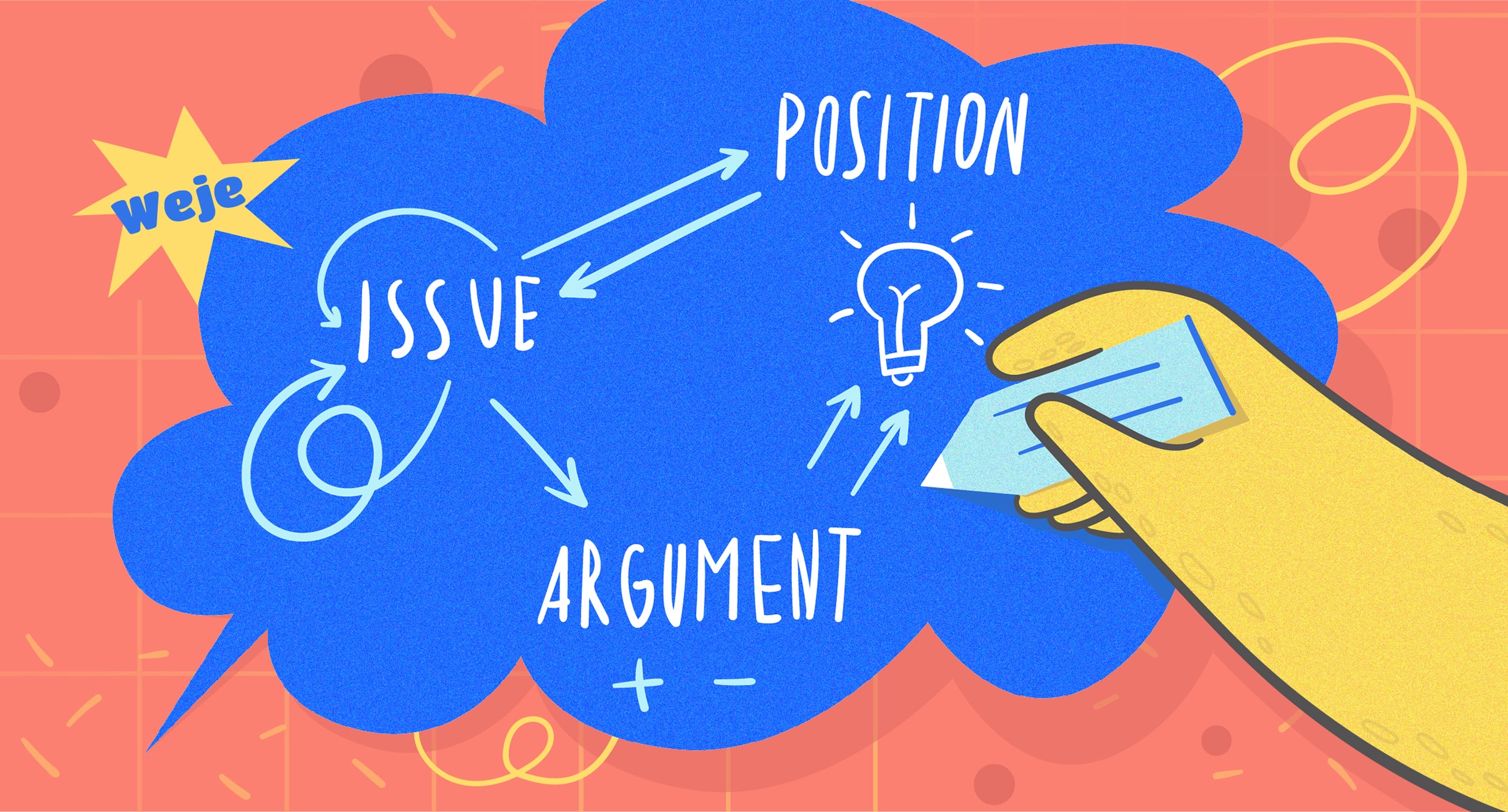Often, many of you are immersed in tackling complex problems along with your “advisors” and other well-meaning people, all wrapping their minds around something important? The issue can be designing a new business application, launching a new product, or managing any crisis.
These kinds of problems are common in business and private lives. Furthermore, such meetings and discussions can be polarized or end up in nothing. Everyone has changed opinions about the problem, whereas some are experts in a particular field. Plus, everyone wants a win-win resolution, but the process is not as easy as it looks. These situations can be uncomfortable and sometimes virtually impossible. In such situations, dialogue mapping can help you out.
Dialogue mapping definition
Jeff Conklin, along with his team, refined the dialogue mapping method. It is a facilitation technique used for critical thinking and analysis as a group. The technique became a reliable problem-solving tool for business owners and project managers.
Dialogue mapping features diagram language known as IBIS (Issue-Based Information System) to construct concepts and ideas. The IBIS notation is straightforward and powerful, simple to use and understand, but, like any other approach, the more you will use IBIS, the better you become and the more you will learn. IBIS notation consists of the following 4s:
Question: The dialogue mapping starts with a question.
For example: “What to do about the mission X?”
Idea: Your immediate response to the question is an idea. It is an answer or solution to the problem.
Pros & Cons or Arguments: These include opinions, facts, data, or minus signs or cons to an idea. Arguments are key for dialogue mapping as they help to carry out a full analysis with views from different team members and backgrounds.
What is a wicked problem?
First created by Horst Rittel and Melvin M. Webber in late 1973, “wicked problems” as the issues that are complex and difficult to solve. However, the term was originally about the social and cultural problem, but various businesses adopt and use it for product development.
Here’s an outline of the characteristics of a wicked problem as defined by Horst Rittel and later elaborated by Jeff Conklin:
1. You cannot understand the issues until you figure out the solution. Every solution shows a new side of the problem, and multiple adjustments are needed in solutions. Still, there is no conclusive statement of the wicked problem.
2. Wicked problems don’t have any stopping rule because you will not find any definitive “the problem” and no ultimate “the solution.” The process ends when all of your resources like energy, time, or money end. You stop when the solution is good enough.
3. Solutions for all wicked problems cannot be classified into right or wrong. Instead, the solutions are classified as good enough, not good enough, better, or worse. When you are dealing with the wicked problems, the solution’s quality is not the primary objective, and there is no such thing as the “universal formula.” Most often, solutions are evaluated in a social context by many parties or stakeholders. The evaluation also varies and mainly depends on the stakeholder’s values and objectives.
4. Every wicked problem is different and unique. Many factors and conditions impact the problem, and the ultimate solution to all wicked problems is custom designed and applied accordingly.
5. Wicked problems have no alternatives in terms of solutions. Sometimes, there are no solutions at all, or there may be a host of possible solutions that you have already planned, and sometimes there are hosts that you had never thought of.
How to conduct a dialogue mapping session
To conduct an efficient and productive dialogue mapping meeting, the following individuals/things are crucial:
- A presence of all stakeholders.
- A facilitator.
- A simple diagramming language such as IBIS.
- A shared “dialogue” map either on a whiteboard or in any digital form.
First, gather all the team members you think are problem solvers from different teams or departments, e.g., HR department, marketing, management, etc.
By gathering all diverse contributors, you can begin the dialogue and resulting knowledge comprehensively, reflecting your organization’s perspectives.
The mapper or facilitator leads the group discussion and is responsible for taking and reporting each individual’s thoughts. The mapper also translates all the ideal to the shared diagram. The mapper or facilitator should be a good communicator and active listener.
During the entire process, the mapper properly listens to each individual, pen down the ideas on the diagram, and then validates the data. It will verify that all the information is correctly understood and adequately expressed.
Why is dialogue mapping getting so popular
The dialogue mapping is effective and provides instant results during a meeting and in the long run of a project. In a dialogue meeting, the display offers a central focus for all the members and keeps the dialogs on track. People will ask questions, share ideas, and others will critically analyze the map. At the same time, the mapper will ensure that each speaker gets heard and offers a distance between the thought and its originator. This helps in streamlining the problematic relational dynamics in a group and allows them to evaluate the idea.
Sometimes the discussions can go off-topic due to various reasons and due to the systemic aspects of the issue. All these changes and diversions are captured in a dialogue map and made visible to all members. As humans, we can only store and remember a few ideas in memory, so the mapper records all the key points of the discussion and shares them with others. In this way, dialogue mapping maintains the record of all the presented ideas, and if the issue still persists, it will make it clear. Similarly, it also confirms in the end that the issue has been thoroughly addressed to all participants.
Benefits of dialogue mapping
- Each member’s ideal is heard and shown on the map.
- Each member can see their comments and how they relate to other comments.
- The group members identify where they are and where they are going. This self-correcting approach comes in handy if the discussion is going “off-topic.”
- The shared map shifts the group’s dynamic into a combined mode.
- The map focuses and retains the group on “logical” perspectives.
- The map enhances the group’s mutual understanding of the issue at hand, its possible solutions, effects, roles, and responsibilities, and all these are a vital part of any successful project.
- At the end of the discussion or in the breaks, the groups and members can see all the vital snapshots of the discussion.
- The map also summarizes the logic and reasons behind all decisions that are made in the meeting.
- As the map captures the group’s thinking process if anyone absent from the meeting can quickly go through the discussion just by reviewing the map with others.
- The map also highlights all the unresolved problems and action items at any specific point.
Practicing dialogue mapping regularly will help you achieve mutual understanding and empower your team members. Furthermore, it also helps your team to see the big picture of the project or problem. Dialogue mapping is an effective and a powerful tool that you can use for any meeting to make it more result-oriented and more efficient.
However, remember that dialogue mapping is not that effective in some specific situations, such as when the meeting is of political nature and includes hidden agendas, or in situations when the stakeholders already make the decisions.
Lastly, to master the art of dialogue mapping, we will recommend you to read the book by Jeff Conklin to know all the vital info from scratch. Give it a try and make your business environment more productive and collaborative.
Published: April 13, 2021




